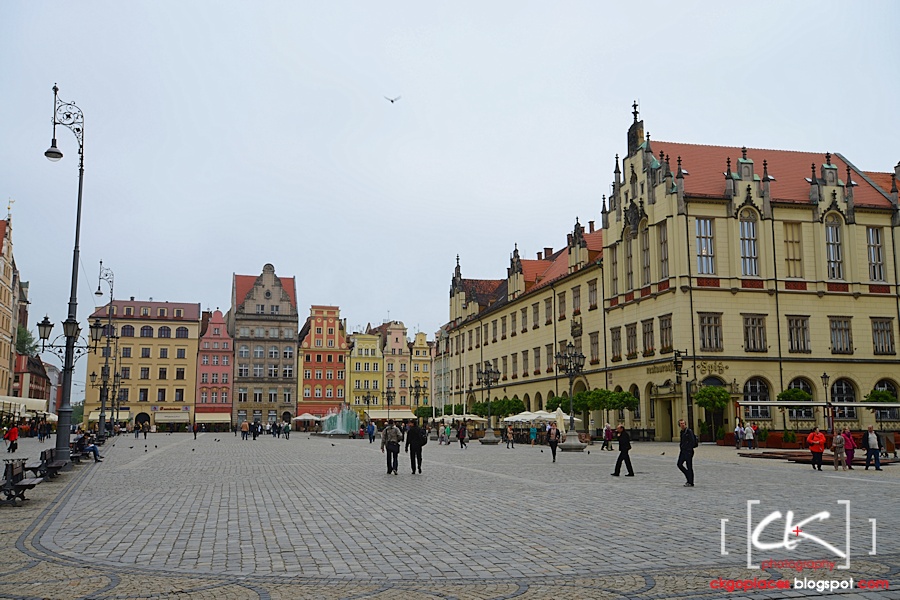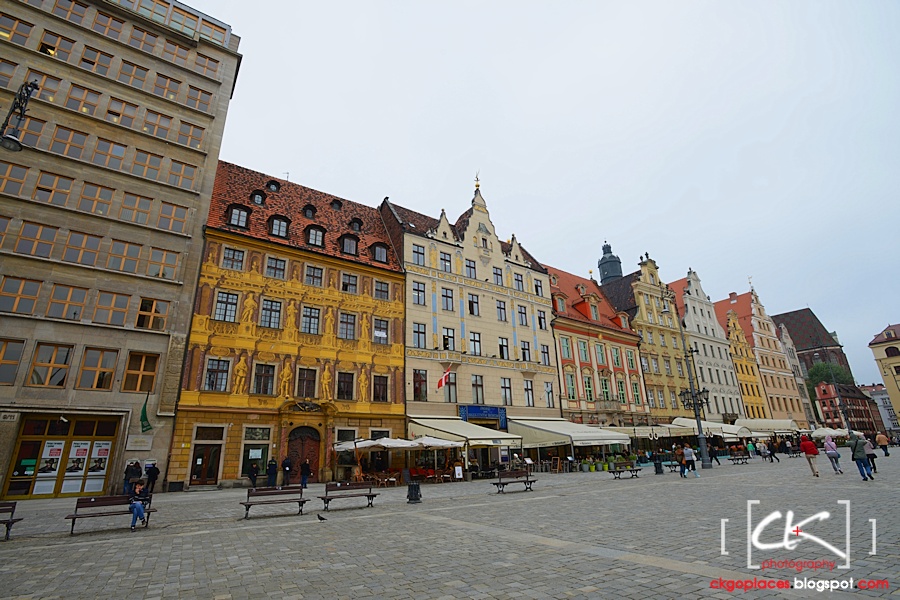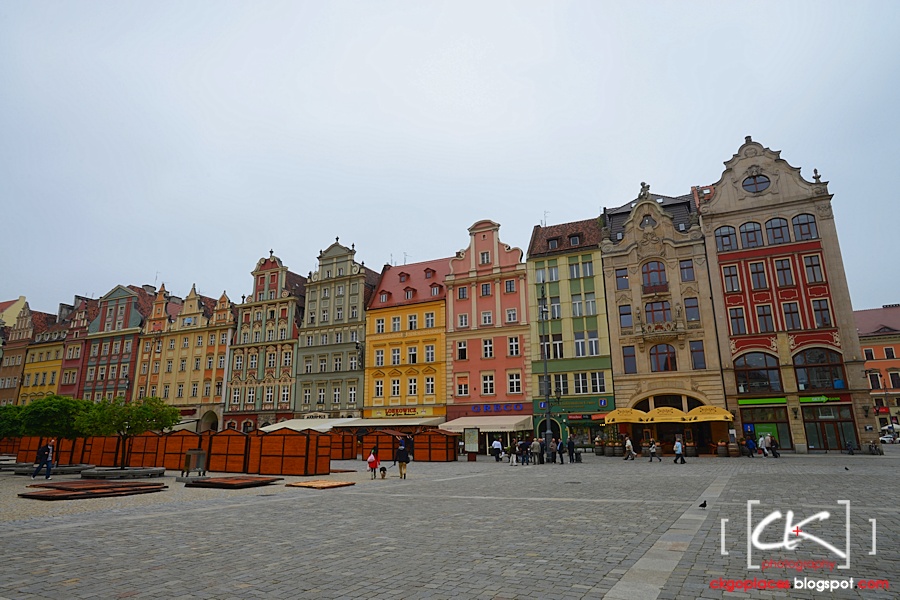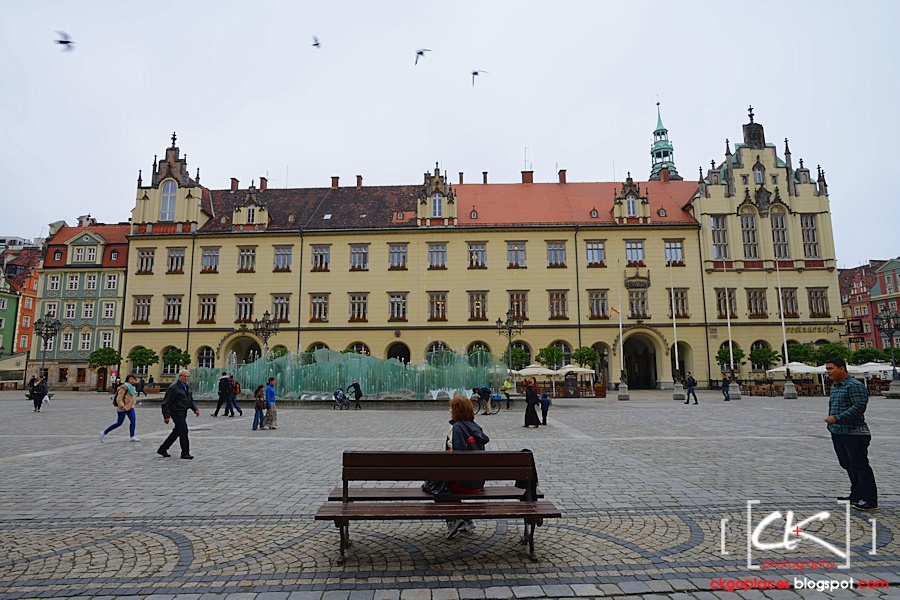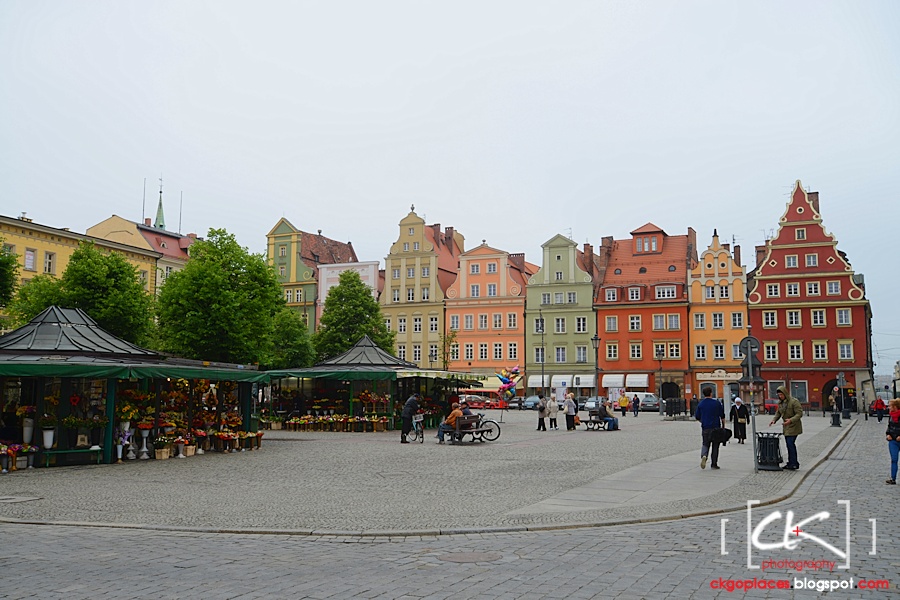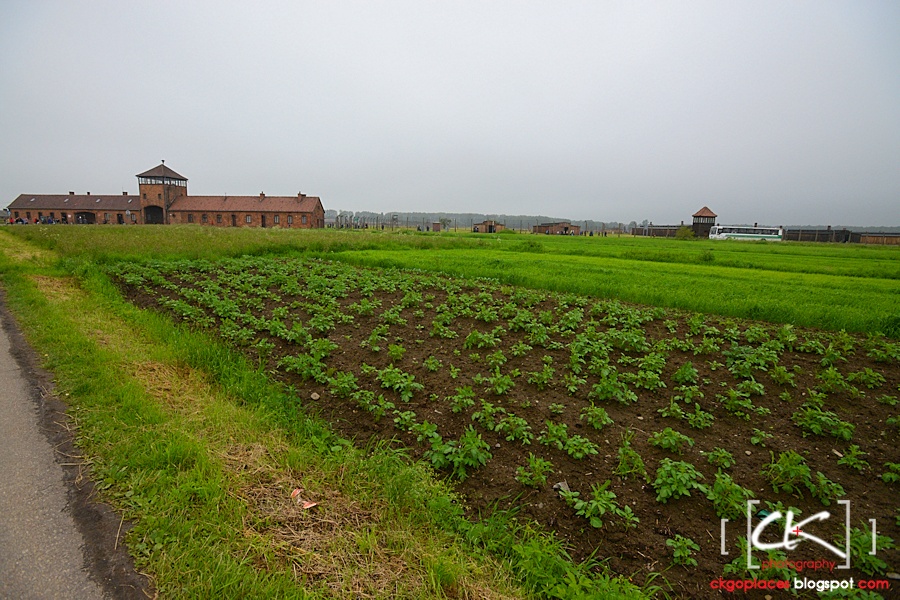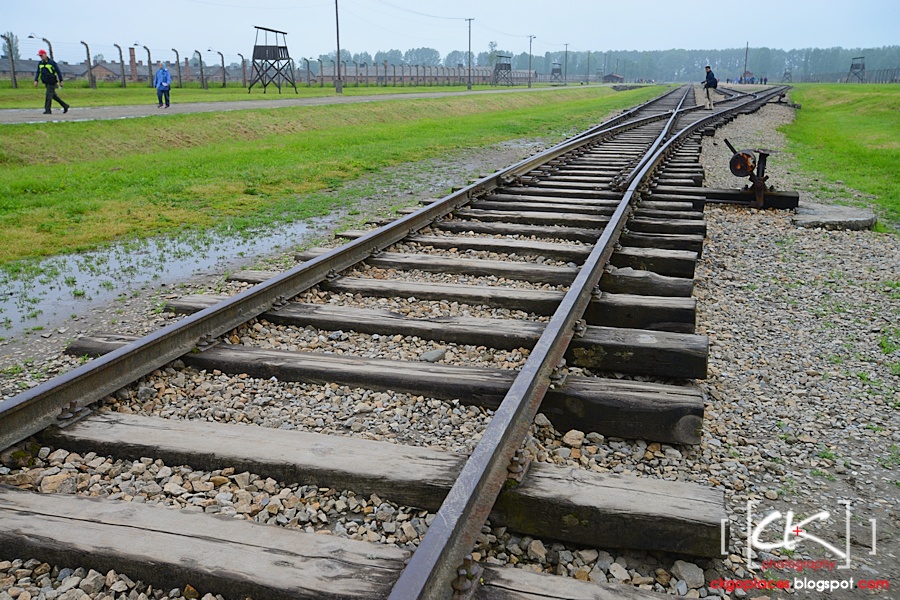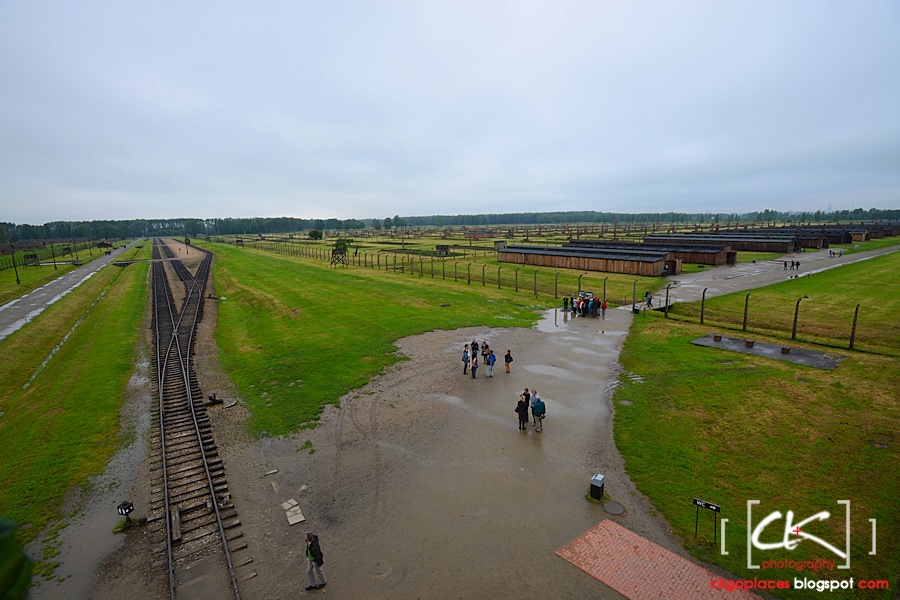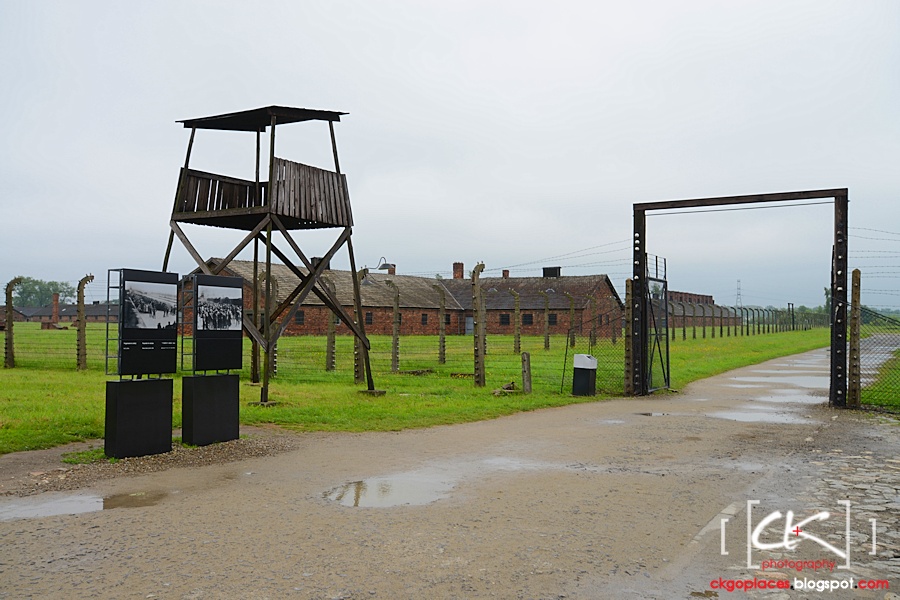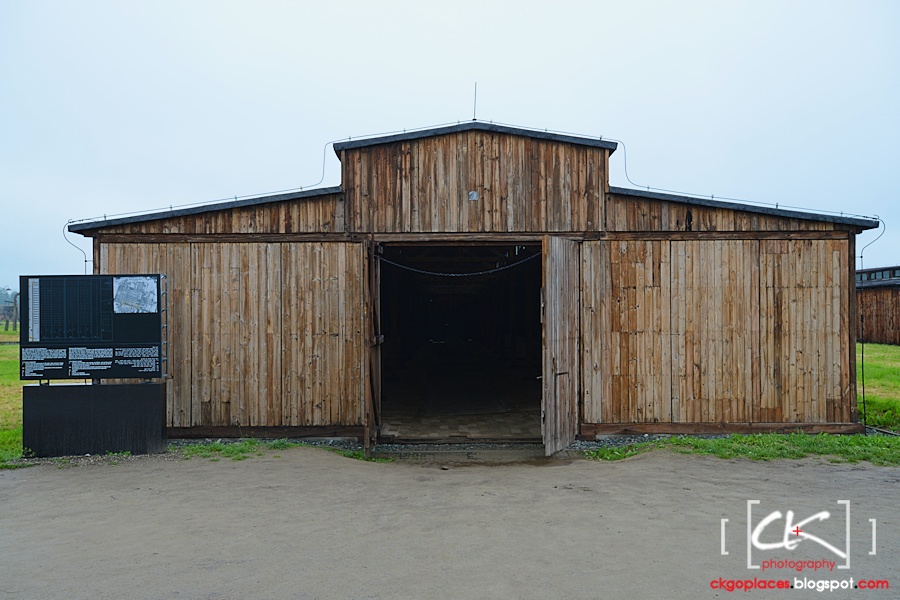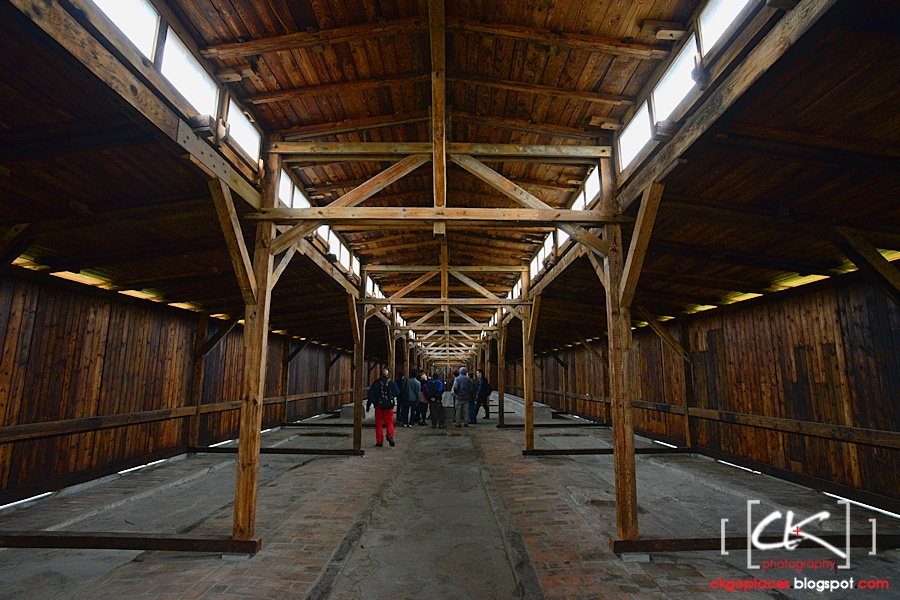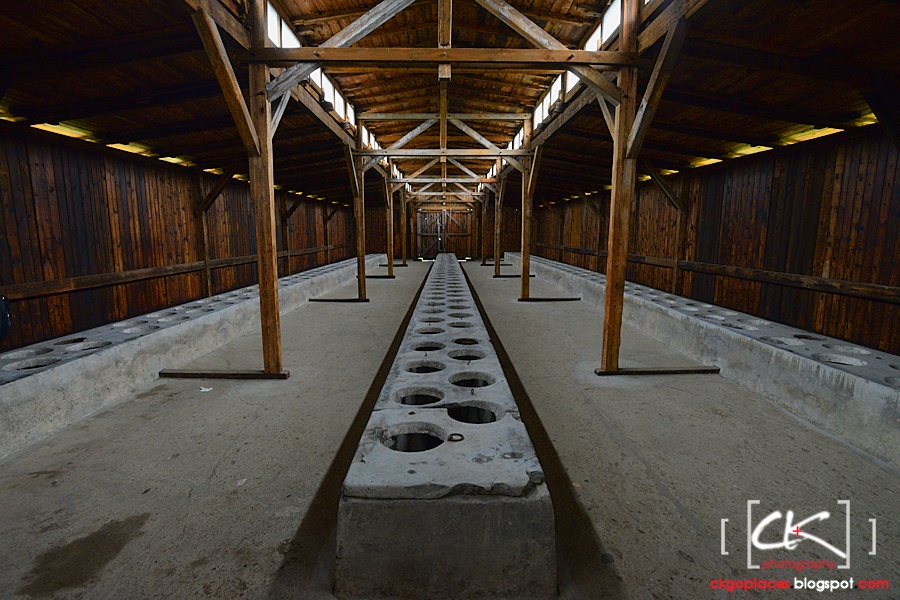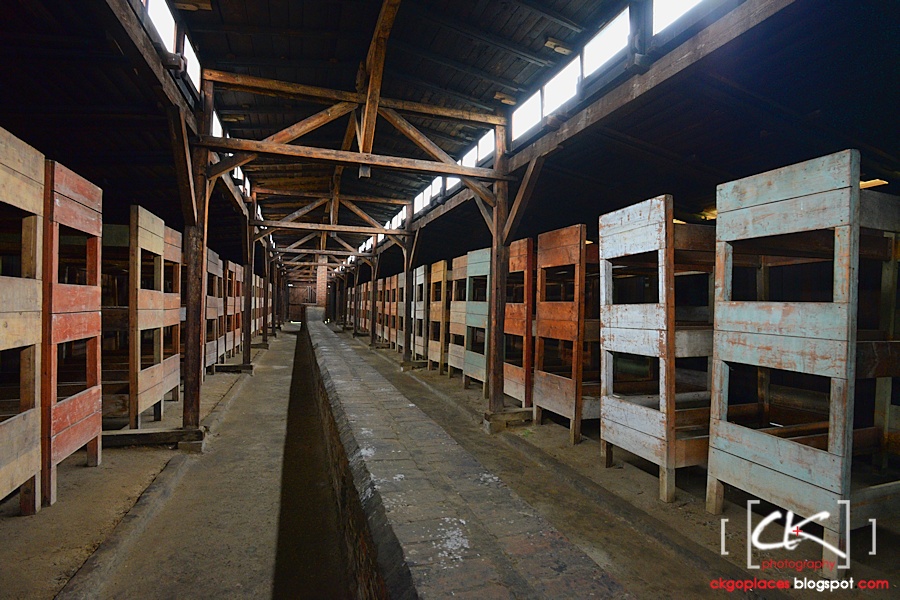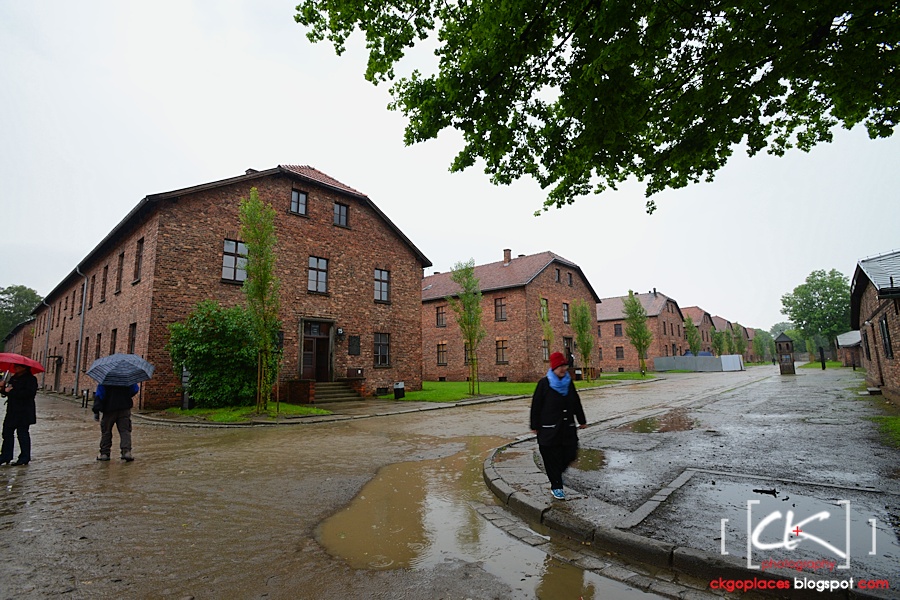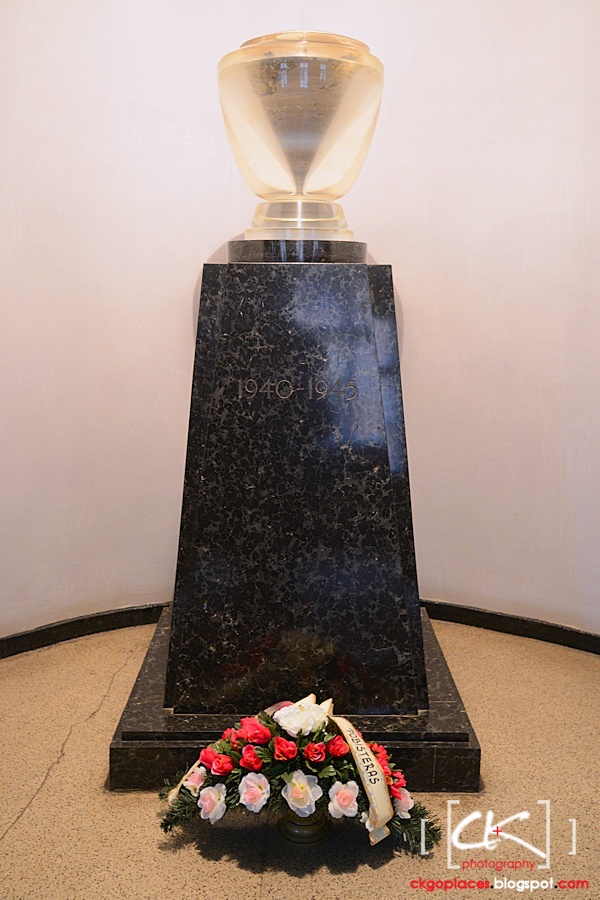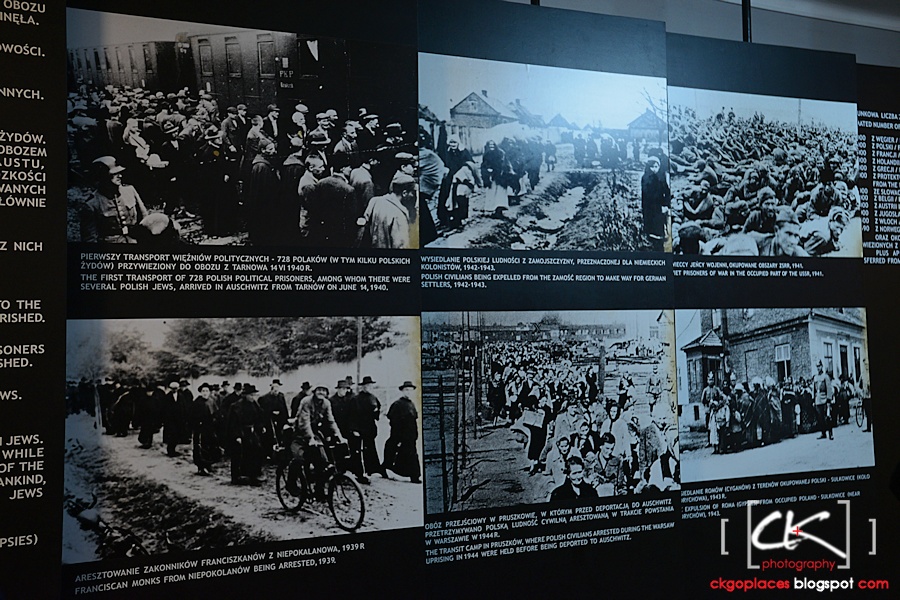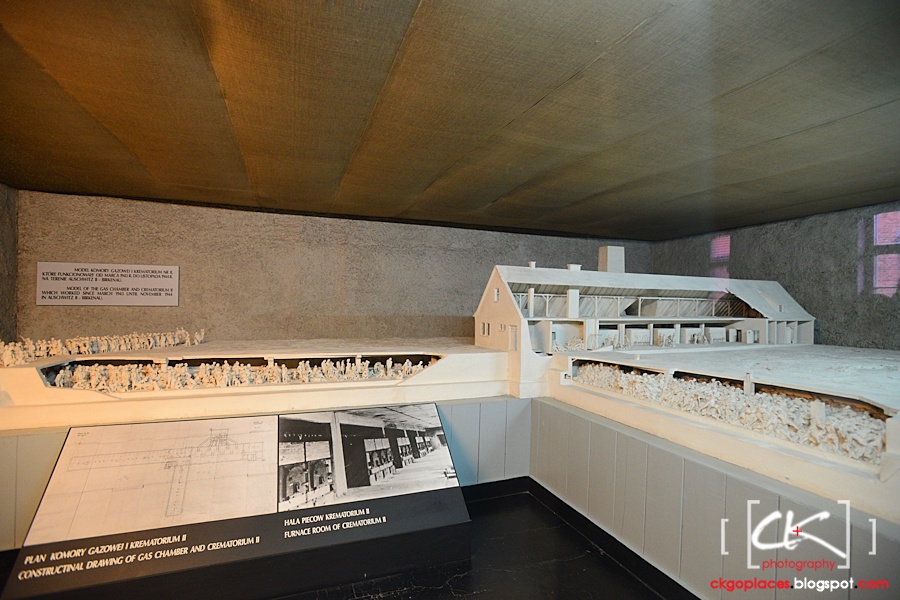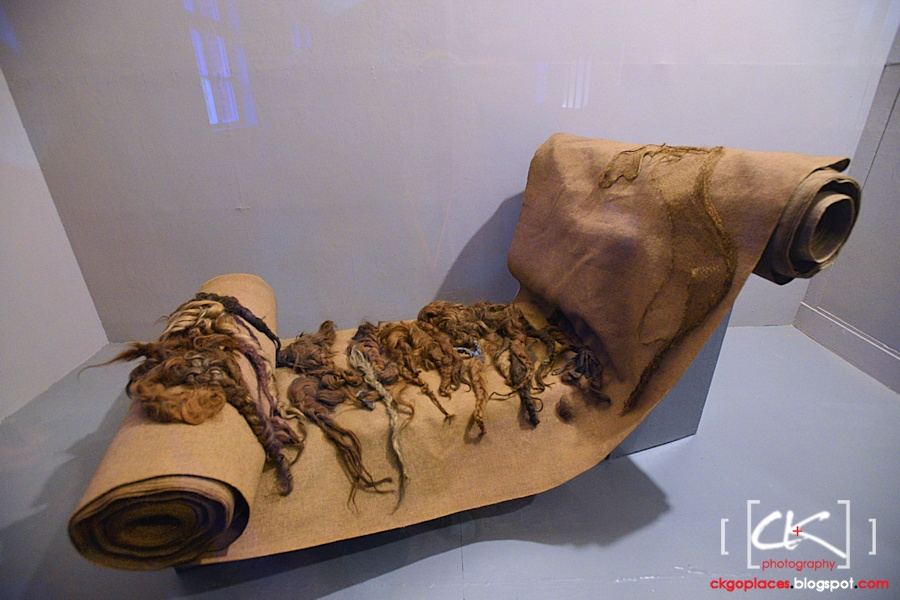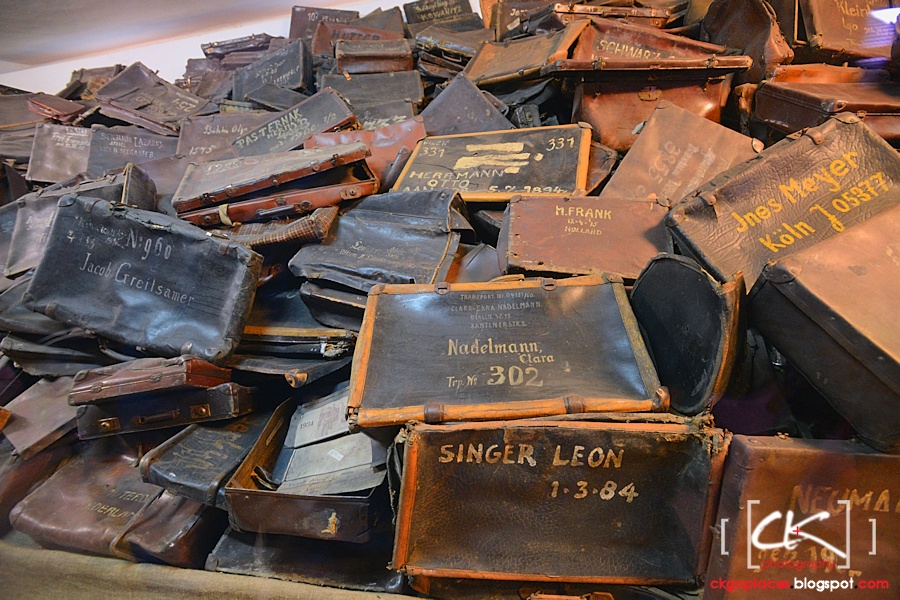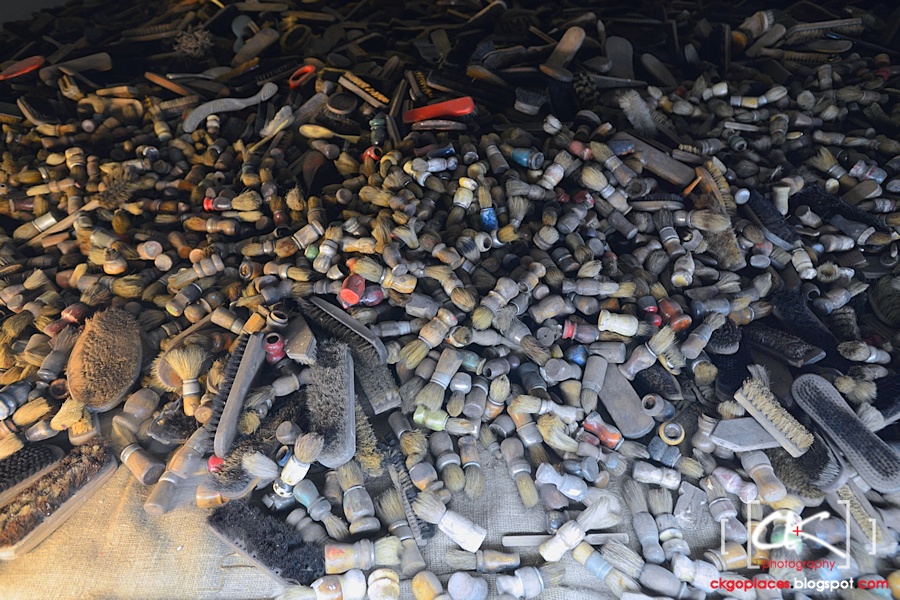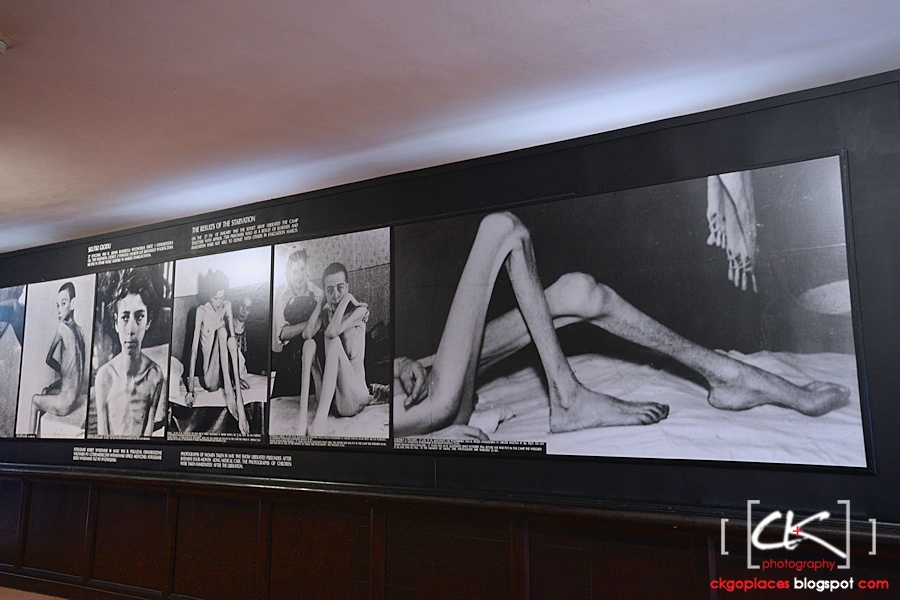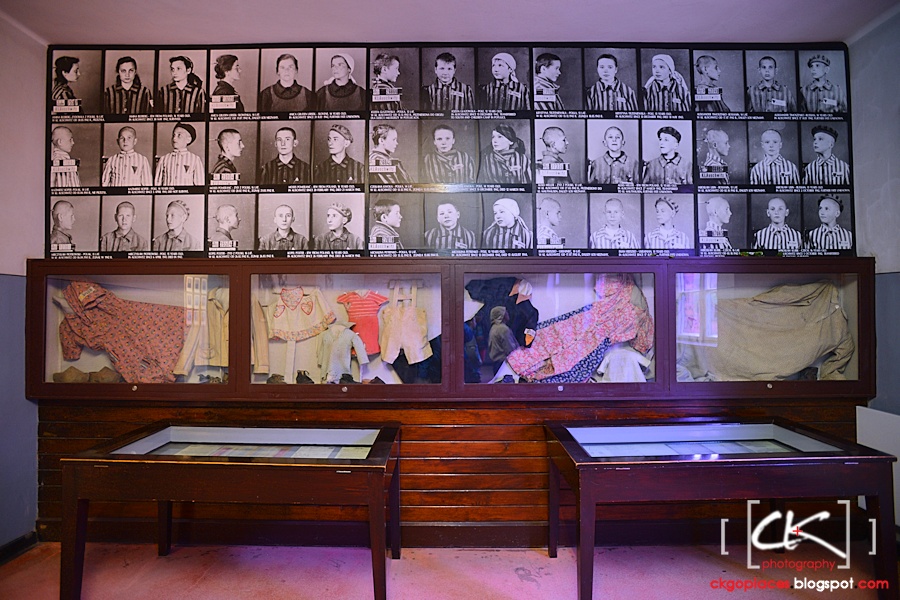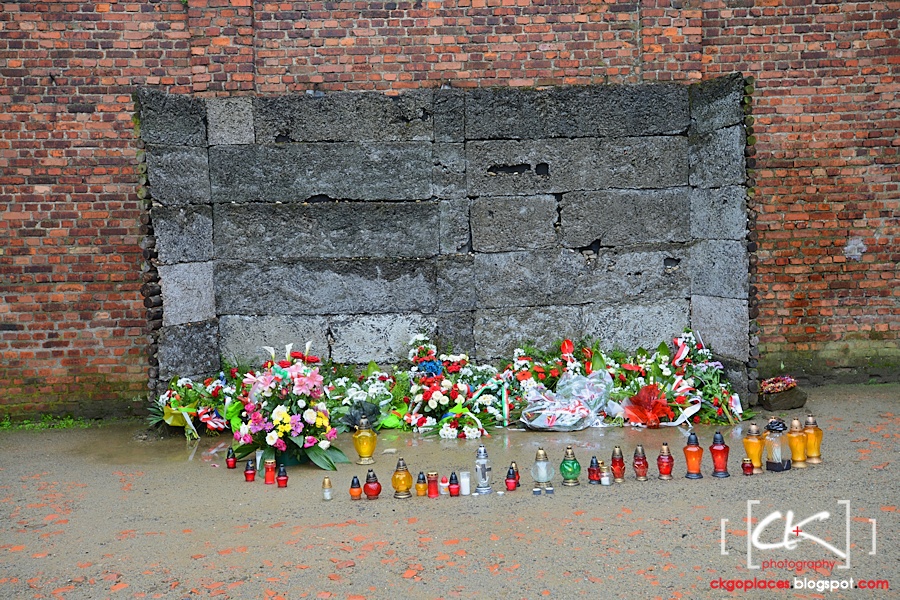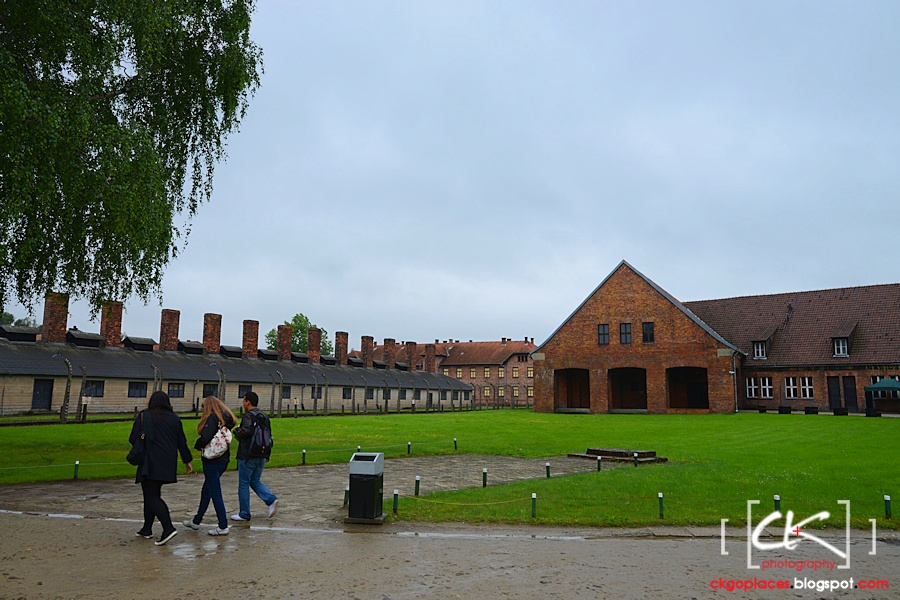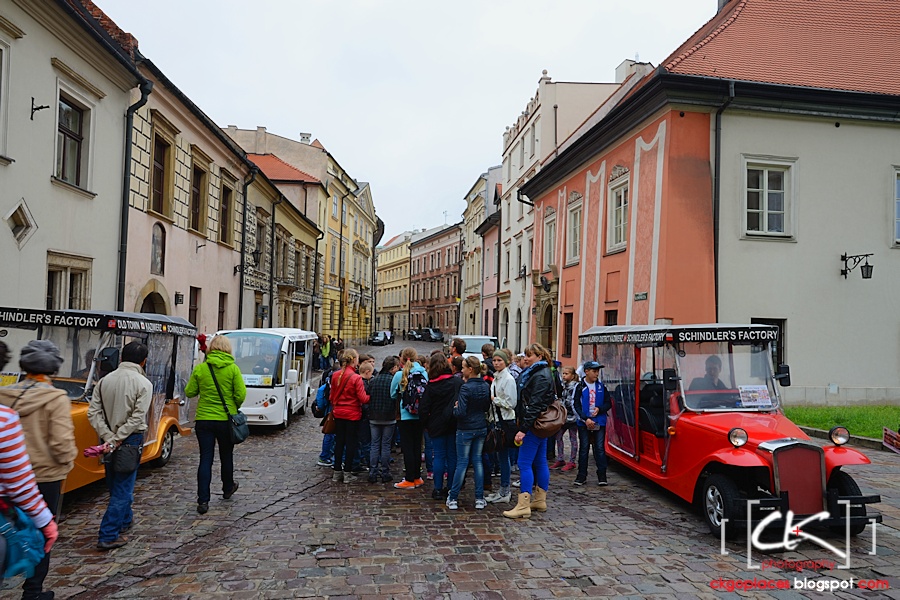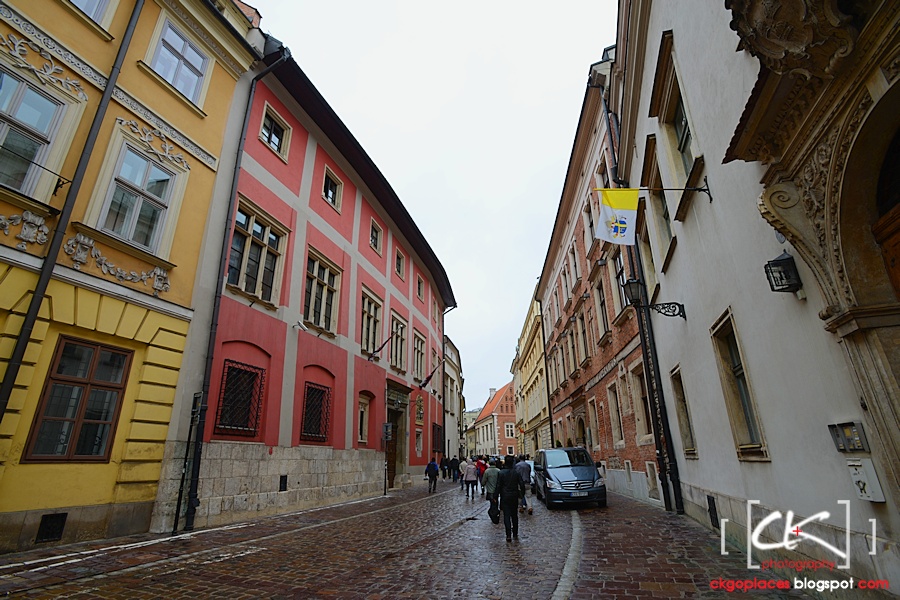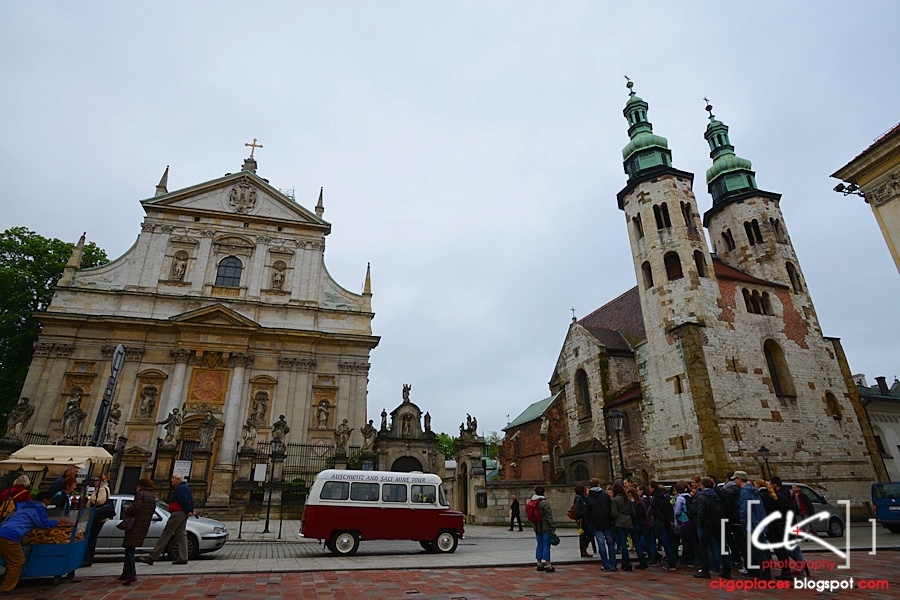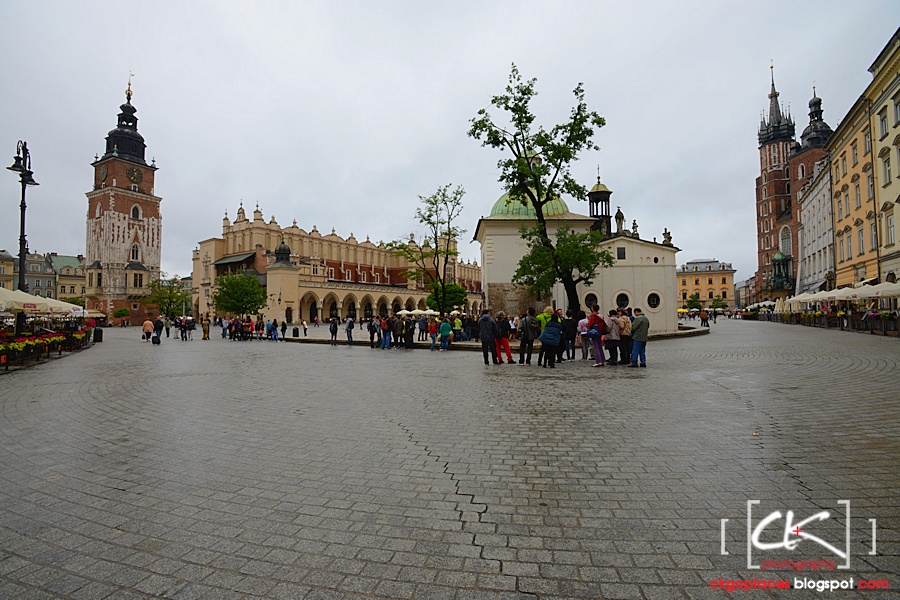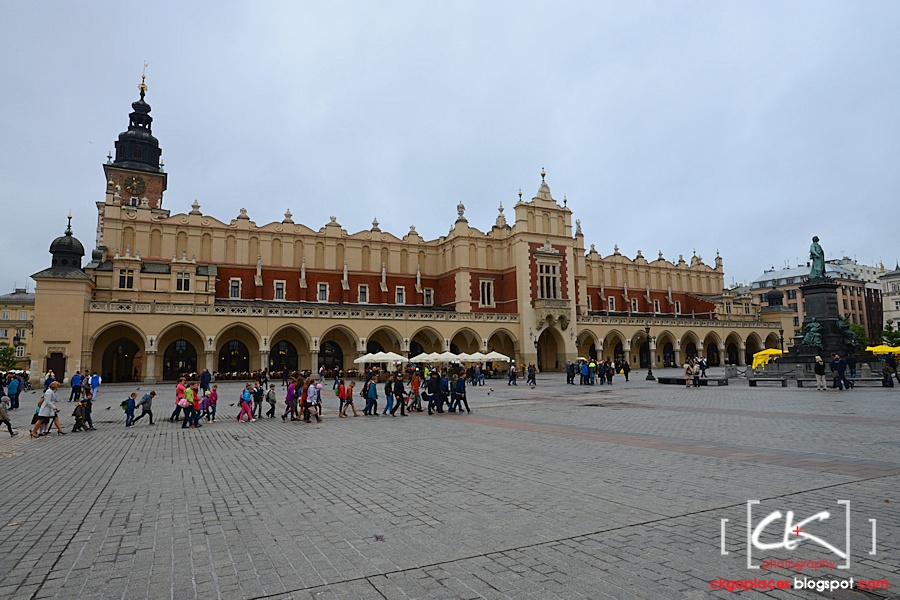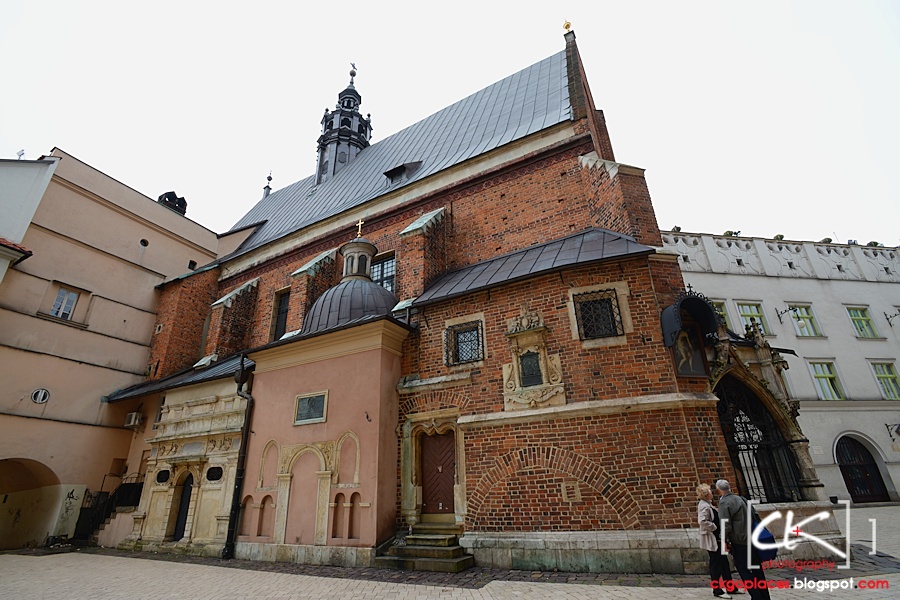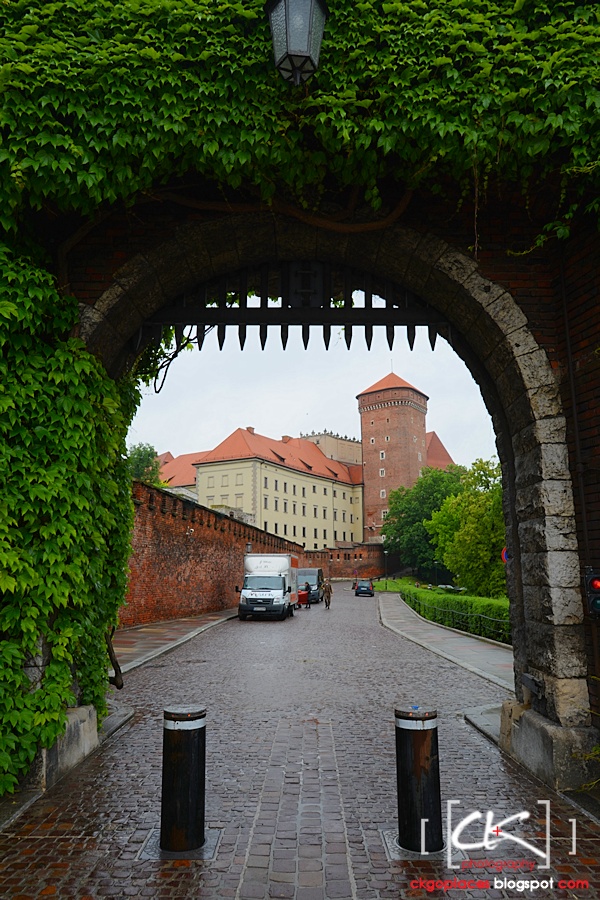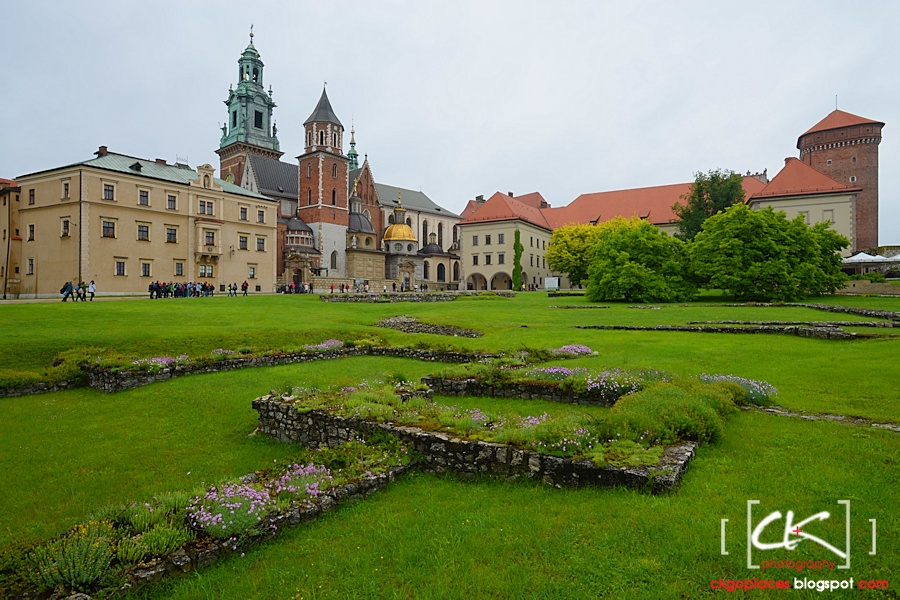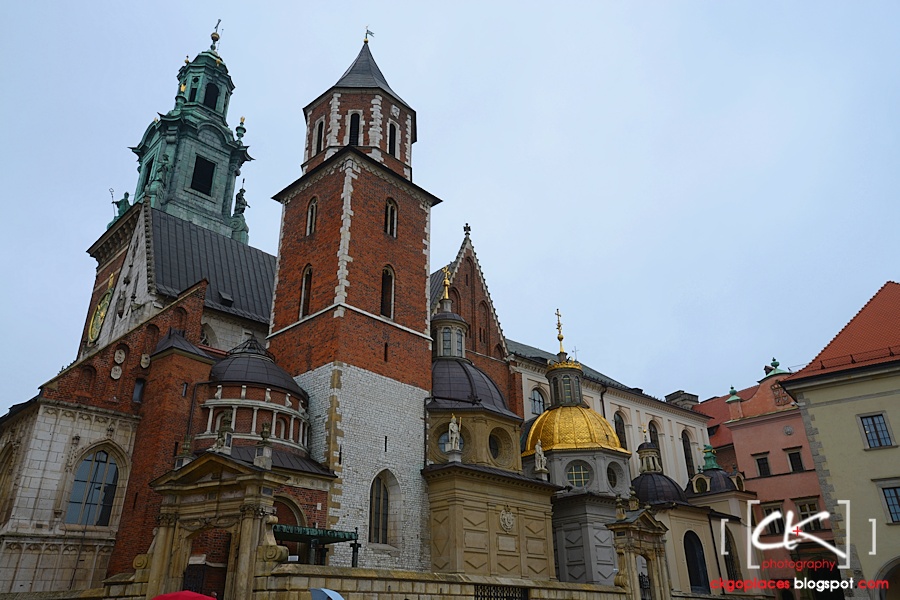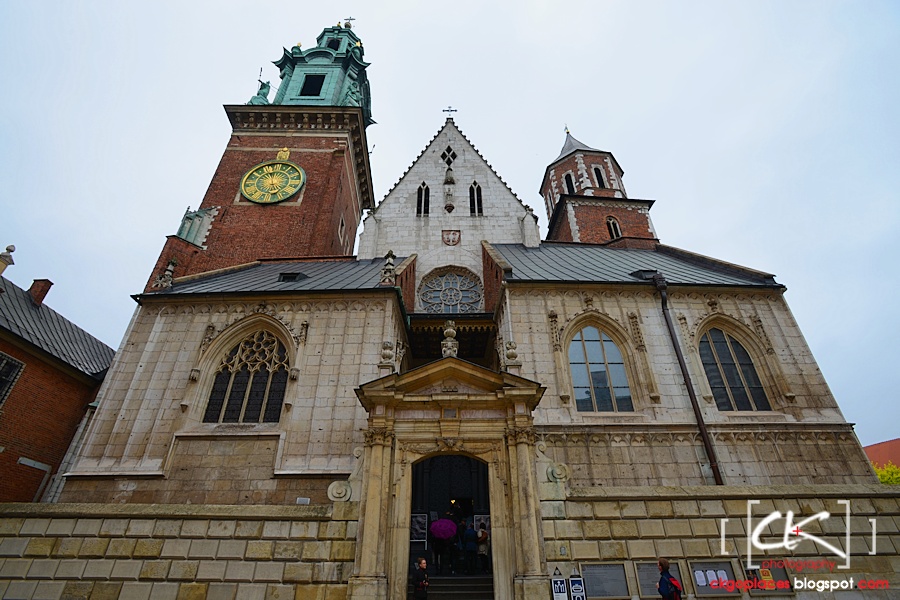CK Go Places Search Engine
Tuesday, 30 December 2014
The Market Square at Wrocław
Wrocław is the largest city in western Poland. One of the main tourist attractions in Wrocław is the Market Square which was founded in the 13th century.
One of the most prominent buildings at the Market Square is the New Town Hall with a fountain in front.
Wrocław was occupied by the German before, therefore some of the building here resemble the German architecture.
At the back of the New Town Hall is the Old Town Hall with neo-Gothic architecture.
Since Wrocław was just our lunch stop, we did not have much time here. The visit was just a short roam around the Main Square.
Posted by CK Ng at 20:23:00 0 comments
Labels: Photography: Architecture, Photography: Land/City-scapes, Poland, Travel: Europe
Thursday, 25 December 2014
Auschwitz II
The Auschwitz II-Birkenau concentration camp site was built in October 1941 to ease the congestion at Auschwitz I. It was first built to house 50,000 prisoners of war and then expanded for 150,000, but eventually it was housing 200,000 inmates.
It was first built as a labour camp where the prisoners were interned as force labourers. When Hitler decided to annihilate the Jewish people, it had also become an extermination camp, where gas chambers and crematoria were purposely built for the mass killing.
The living condition of the inmates was really subpar. The building were wooden shacks with skylight. The latrine was simply a trench with holes and the beds were just bunkers made from wooden planks.
There is no doubt the only wish of the inmates was to escape from this living hell. That is the cruelty of war. In this season of caring, let us all pray for world peace during this Christmas.
Posted by CK Ng at 19:33:00 0 comments
Labels: Photography: Museums and Artifacts, Poland, Travel: Europe
Saturday, 20 December 2014
The Human Killing Industry
The Auschwitz I concentration camp site was originally an army camp with buildings served as barracks. During the 2nd World War, the Germans occupied Poland and turned it into a camp to hold the Polish prisoners.
In 1947, the Polish government turned the site of the camp into a state memorial to the victims of Nazism.
Some of the barracks used to retain prisoners are now exhibition halls showing the life of the prisoners in the concentration camp.
One of the most terrifying features of the Auschwitz I concentration camp is the organised massacre. There were "factories" containing gas chambers and crematoriums purposely built for human extermination.
What's left of the victims are hairs, glasses, shoes, prostheses, suitcases and other groceries. Some of their hairs were weaved into blankets.
There was also starvation inside the camp.
The portraits of some the victims are still hanging on the walls of the exhibition halls.
The lives of children were also not spared during the massacre.
Some of the victims may have been spared from being killed in the gas chambers, but they couldn't escape from death on the notorious Death Wall at Block 11. The victims were striped naked before the execution, where women prisoners were disrobed at a separate room and executed first. The execution was done in pairs.
Although most of the gas chambers have been destroyed by the Nazis during the revolt, there are still some of the remains left for us to witness the cruelty during the war.
May all the souls of the victims rest in peace and all the living souls learn a great lesson from this painful chapter in history.
Posted by CK Ng at 14:45:00 0 comments
Labels: Photography: Museums and Artifacts, Poland, Travel: Europe
Monday, 8 December 2014
Walking Around the Kraków Old Town
After visiting the Wawel Royal Castle, we descended Wawel Hill to get to the Old Town (Stare Miasto) of Kraków. The streets are paved with cobble stones not unlike any old town of other European cities.
On the way to the main square in the Old Town, we passed by the Church of St. Peter and St. Paul and the neighbouring St. Andrew's Church.
The Church of St. Andrew is the one with two towers built in the Romanesque style. It is old of the oldest buildings in Kraków.
The main square in the old town is the Main Market Square. It is considered the largest medieval town square in Europe with the Cloth Hall at the centre of the square. The square is surrounded by historical buildings such as old townhouses, palaces and churches.
The Cloth Hall was built in the 16th century for international trading. Merchants met in the hall to discuss businesses and making deals. Its role as trading centre hasn't changed, as tourists are bargaining in the shops selling souvenirs and accessories.
One of the iconic buildings in the Main Market Square is the St. Mary's Basilica which is also know as the Church of Our Lady Assumed into Heaven. It is a Gothic church made of red bricks.
Before we end out walking tour of the Old Town of Krakow, we passed by the St. Barbara's Church which is also made of red bricks.
Posted by CK Ng at 11:36:00 0 comments
Labels: Photography: Architecture, Photography: Street and Candids, Poland, Travel: Europe
Monday, 1 December 2014
Wawel Royal Castle
Wawel Hill is a limestone hill by the bank of the Vistula river. The history of Wawel Hill dates back to the medieval legends of a dragon living in the cave on the hill and its slayer Krakus. Surrounded by waters and marshes, the hill became a natural protection haven for the settlers. It is natural that it became the centre of political power by the end of the 9th century. Since then, it had been the residence of people in power; a military hospital during the end of 19th century; an official residence of Head of State during the independence of Poland in 1918; and now a museum.
The Wawel Cathedral was thoroughly restored in the early 20th century, followed by the restoration of the royal castle. The restoration works took a few decades to complete.
The arcaded galleries with a large courtyard of the castle building were added when the Italian Renaissance entered Wawel in the 16th century.
The Wawel Royal Castle is the top attraction in Krakow. A visit to Krakow is mot complete without a stroll around the castle compound.
Subscribe to:
Posts (Atom)
Recent Posts
Powered by Blogger Widgets
Recent Comments
Powered by Blogger Widgets
